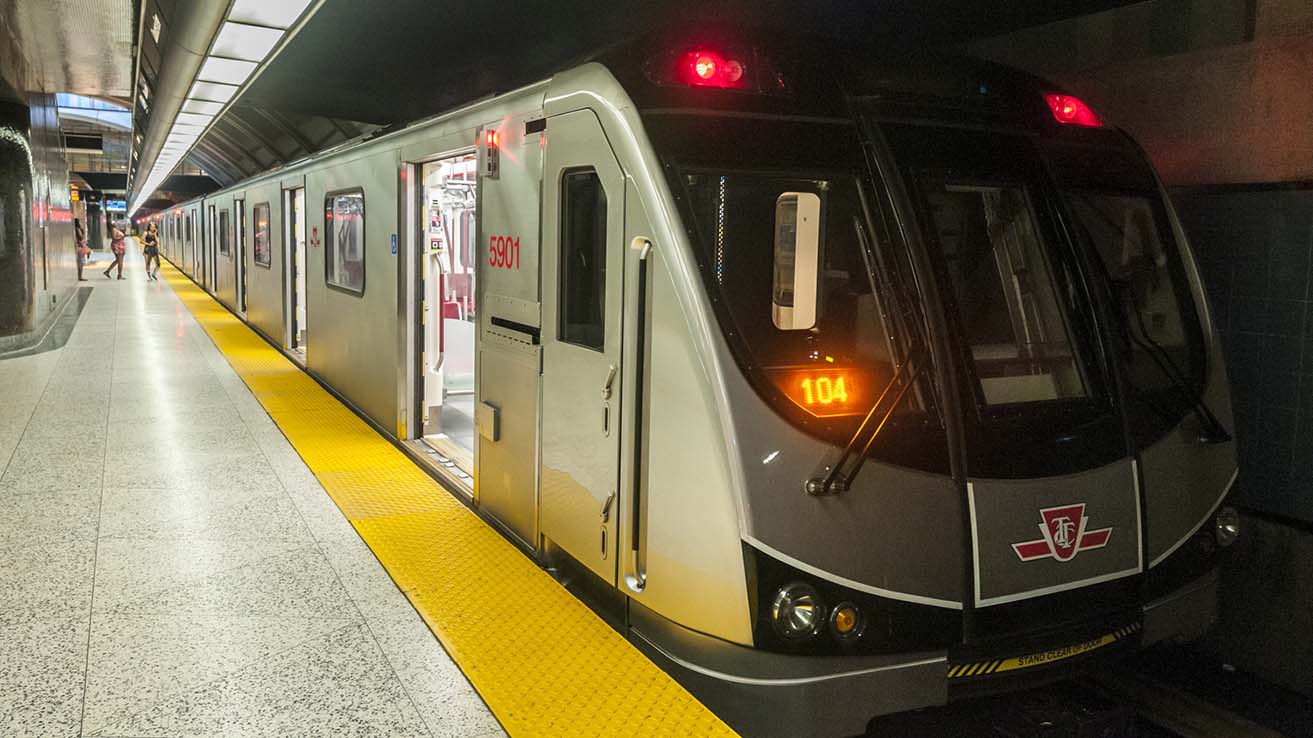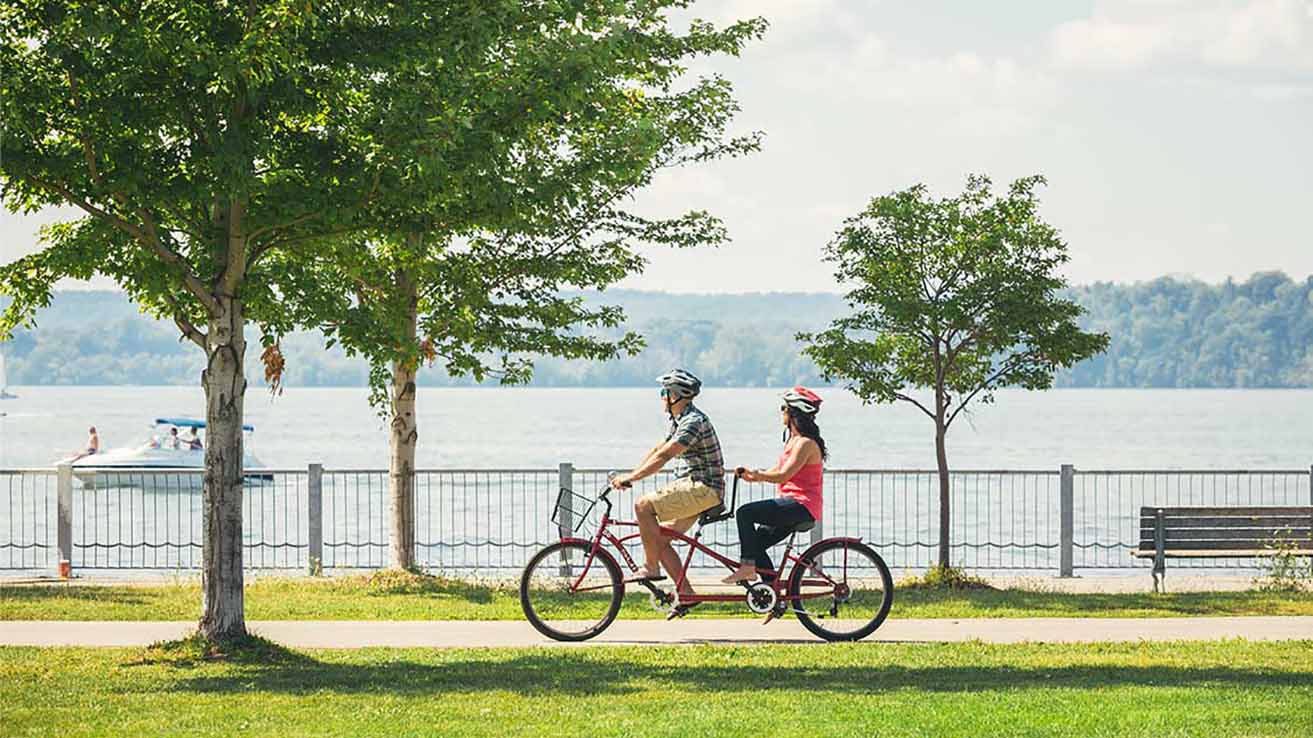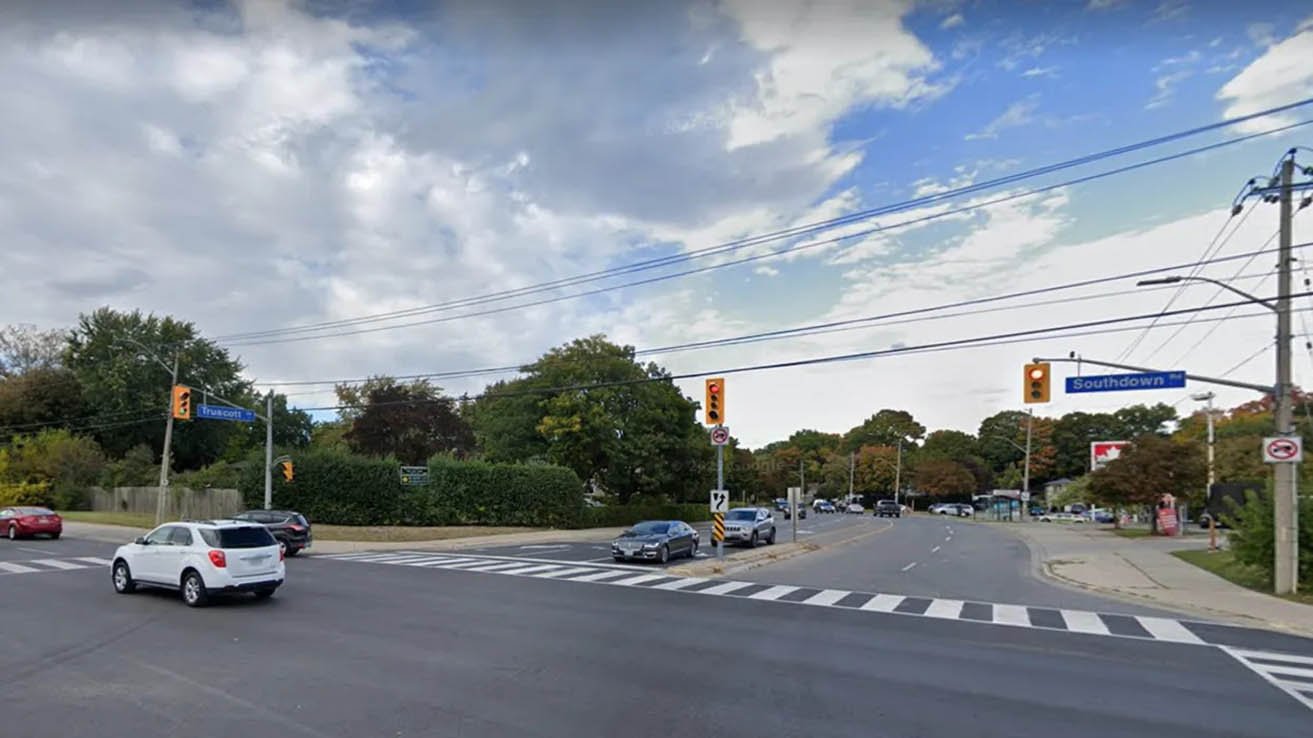When I first arrived in Toronto, I was both excited and slightly intimidated by the city’s subway system. Coming from a smaller town, the idea of navigating multiple lines, stations, and timed transfers felt overwhelming. But almost immediately, I realized that Toronto’s subway, operated by the Toronto Transit Commission (TTC), is efficient, reliable, and surprisingly user-friendly once you understand its layout. Over the course of several trips, I developed strategies for making subway travel smooth, stress-free, and even enjoyable, especially for first-time visitors exploring the city’s downtown core and beyond.
The subway is more than just a means of getting from point A to point B—it’s a lens into Toronto’s energy. From the bustling commuters during rush hour to street musicians entertaining passengers in stations, every ride offers a small snapshot of city life. The TTC subway connects you not only to attractions but also to neighborhoods that define Toronto’s character, from Chinatown to Yorkville, Queen Street West to the Distillery District.
1. Understanding Toronto’s Subway Network
Toronto’s subway system currently has four main lines:
- Line 1 (Yonge-University): The backbone of Toronto’s subway, running in a U-shape from Finch Station in the north to Vaughan Metropolitan Centre in the northwest. It passes through downtown, including Union Station, which connects to regional trains and buses.
- Line 2 (Bloor-Danforth): An east-west line connecting Kipling Station in the west to Kennedy Station in the east. It crosses busy neighborhoods such as Bloor Street and Danforth Avenue.
- Line 3 (Scarborough): Also known as the Scarborough RT, this line connects Kennedy Station to McCowan Station in Scarborough. It’s a light rail system but integrates with subway transfers.
- Line 4 (Sheppard): Running east-west along Sheppard Avenue, this smaller line serves neighborhoods like Don Mills and connects to Line 1 at Sheppard-Yonge Station.
Understanding these lines and their transfer points is essential for first-time visitors. I learned early on that union points like Bloor-Yonge and St. George stations are critical for navigating multiple lines efficiently.
2. Purchasing Tickets and Fare Options
Toronto’s subway uses a PRESTO card system for fare payment. I quickly realized that having a PRESTO card simplifies travel significantly compared to cash tokens or single-ride tickets.
PRESTO Card Benefits:
- Tap-and-go convenience at turnstiles.
- Can be used on buses, streetcars, and subways.
- Reloadable online or at stations.
- Discounts for children, seniors, and students.
For visitors planning multiple trips per day, I often found that loading a set amount onto the card worked better than purchasing single rides. I usually top up CAD \$20–\$30, which lasts several days of sightseeing, including trips to the CN Tower, Ripley’s Aquarium, and the Distillery District.
Single-ride tokens are available but less convenient. You must queue, and it’s easy to miscalculate the number of trips. For families or first-time visitors, PRESTO is far more practical.
3. Subway Etiquette and Tips
Toronto’s subway system is orderly, but understanding etiquette can make the experience smoother:
- Stand to the right on escalators to allow others to pass.
- Let passengers exit first before boarding.
- Keep bags close and avoid blocking seats.
- Use headphones if listening to music.
I noticed that during rush hour, trains can be crowded, but most commuters are patient and polite. On weekends or early mornings, trains are quieter, ideal for traveling with children or capturing photos of stations.
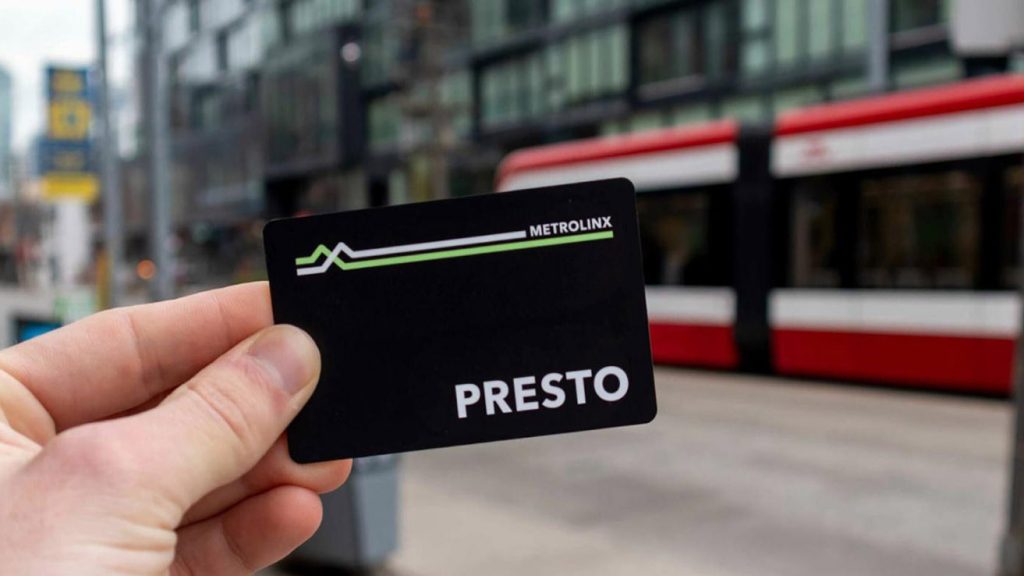
4. Key Stations and Landmarks
Several subway stations double as gateways to Toronto’s major attractions:
- Union Station: Central hub connecting all modes of transit, including GO trains and VIA Rail. Walking from here, I easily accessed the CN Tower, Rogers Centre, and Scotiabank Arena.
- St. George Station: Perfect for accessing the University of Toronto campus and Royal Ontario Museum. I enjoyed walking through the historic campus after exiting the subway.
- Bloor-Yonge Station: Key transfer point between Line 1 and Line 2. Nearby is Yorkville’s luxury shopping district, perfect for a combination of shopping and sightseeing.
- Spadina Station: Ideal for Chinatown and Kensington Market exploration. I often plan a morning here to enjoy breakfast and take photos before heading to other attractions.
- King Station: Walking distance to financial district offices, PATH underground walkway, and St. Lawrence Market.
Knowing which stations correspond to which attractions helps avoid unnecessary walking or transfers. I plan each day around these hubs, allowing for efficient sightseeing.
5. Navigating Transfers and Line Changes
Transfers can seem complicated at first. The TTC offers clear signage, but during my first visit, I learned a few tricks:
- Follow the color-coded signs for each line: Line 1 is yellow, Line 2 is green, Line 3 is purple, and Line 4 is blue.
- Check the train direction carefully; some stations have two trains leaving in opposite directions on the same platform.
- Allow extra time for busy stations like Bloor-Yonge and St. George. During peak hours, moving between platforms can take 5–10 minutes.
I often use the TTC official app for real-time schedules and service alerts. It helps avoid surprises and ensures connections are smooth.
6. Safety and Accessibility
Toronto’s subway is generally safe, but I always take precautions:
- Keep personal belongings close.
- Avoid empty cars late at night.
- Use well-lit entrances and exits.
Accessibility is excellent. Elevators and ramps are available at major stations, and trains are equipped with spaces for wheelchairs and strollers. Traveling with children or elderly family members is feasible, but I recommend planning routes in advance to ensure elevator access.
7. Exploring Neighborhoods via Subway
The subway is not just for reaching attractions—it’s a way to experience neighborhoods:
- Kensington Market and Spadina: Exit Spadina or Dundas West stations. Explore colorful murals, vintage shops, and international cuisine.
- Queen Street West: Take Line 1 to Queen Station. Walk along the street to find independent boutiques, cafés, and street art.
- Distillery District: While the subway doesn’t reach directly, I transfer to a streetcar from King Station. It’s a short ride to a historic pedestrian area with artisanal shops and cafés.
- Toronto Islands: Take Line 1 to Union Station, then a ferry. Combining subway and ferry travel allows a full day of exploration with minimal driving stress.
Exploring via subway gives a real sense of the city, from bustling downtown to eclectic neighborhoods. On my first trip, hopping off at random stations led to discovering hidden cafés and local shops I would have otherwise missed.
8. Tips for Tourists
For first-time visitors, I’ve compiled practical advice:
- Plan your route before you leave: Know which line and station correspond to your destination.
- Purchase a PRESTO card: Easier than tokens and can be reloaded online.
- Travel off-peak: Morning or evening travel avoids crowded trains.
- Combine subway trips with attractions: For example, book timed entry tickets at Ripley’s Aquarium and CN Tower on the same day, using the subway to shuttle efficiently.
- Use apps: TTC app for schedules, Google Maps for navigation, and TripAdvisor for nearby dining recommendations.
9. Booking Hotels Near Subway Stations
Staying near a subway station simplifies travel immensely:
- Chelsea Hotel Toronto: Near Dundas Station, providing easy access to Line 1 and nearby attractions. I booked via Booking.com for flexible cancellation.
- Fairmont Royal York: Steps from Union Station, ideal for connecting to all lines and regional transit. I used Expedia.ca to bundle hotel with attraction tickets.
- Residence Inn by Marriott Toronto Downtown: Near St. Andrew Station, convenient for exploring both downtown and neighborhoods. Booking via Marriott.com often included breakfast perks.
By choosing accommodations near stations, I minimized walking with luggage and easily navigated the city each day.
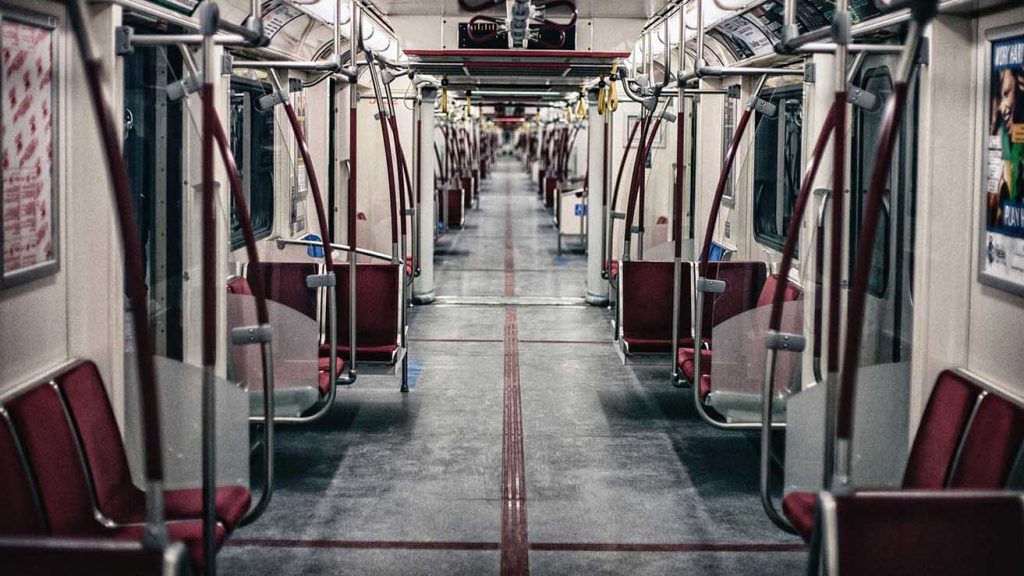
10. Dining Along Subway Routes
Toronto has excellent dining options accessible from subway stations:
- Union Station / King Station: Buca or Terroni for Italian fare. Reservations via OpenTable.ca.
- Spadina / Kensington Market: Local cafés and bakeries offer brunch and international cuisine. Small family-owned spots often require no reservation but check online for hours.
- Queen Station / Queen Street West: Trendy cafés and dessert shops. Booking ahead is helpful on weekends.
Planning meals along subway routes allows for convenient stops without veering far from scheduled activities.
11. Combining Subway Travel with Other Transportation
For destinations beyond subway reach:
- Streetcars: Integrated with PRESTO card; excellent for short trips along major streets.
- Buses: Complement subway lines to reach outer neighborhoods.
- Uber / Lyft: Useful when traveling late at night or with heavy luggage.
I often combine subway travel with these options to make sightseeing efficient, especially when planning a full day of attractions.
12. Personal Reflections
After multiple trips, I can confidently say that Toronto’s subway is an essential part of exploring the city efficiently. For first-time visitors, mastering the basics—lines, stations, transfers, and PRESTO card usage—transforms the experience from stressful to enjoyable. The subway is not just transportation; it’s a gateway to understanding the city, experiencing its neighborhoods, and making each visit memorable.
By pre-planning routes, coordinating with attraction tickets, and booking accommodations near stations, I’ve been able to maximize sightseeing while minimizing travel stress. Using platforms like Booking.com, Expedia.ca, Marriott.com, Airbnb.ca, and OpenTable.ca further enhances convenience, providing a seamless travel experience.
Toronto’s subway system offers both efficiency and insight into the city’s daily rhythm. With careful planning, first-time visitors can navigate the city with confidence, explore diverse neighborhoods, and enjoy a stress-free adventure in Canada’s vibrant metropolis.
